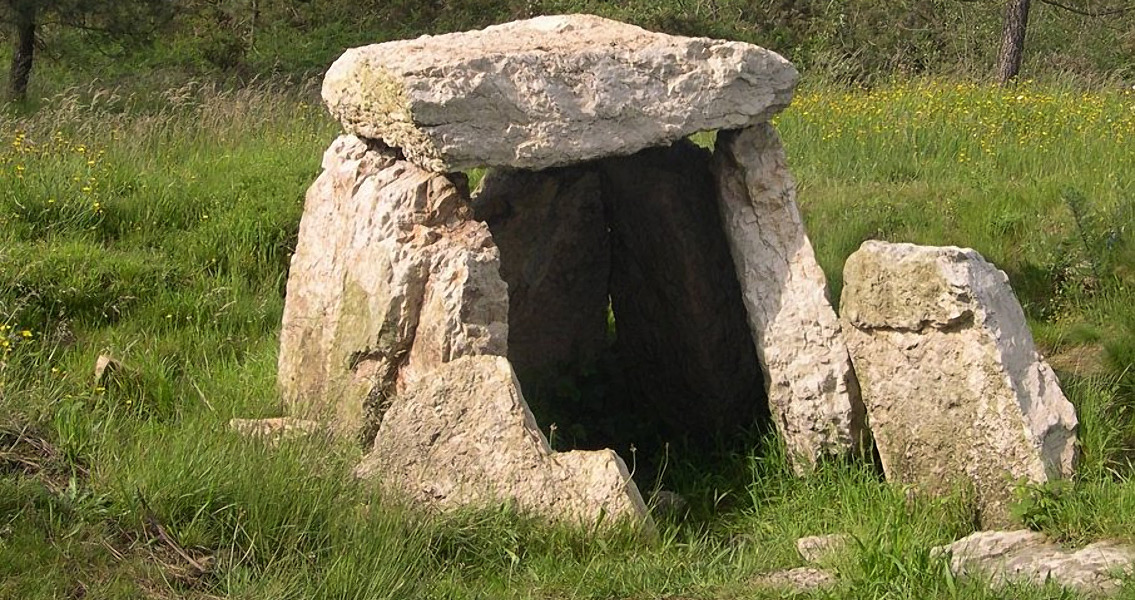<![CDATA[A study by two Spanish anthropologists has yielded a hypothesis that communities in the late Neolithic and Chalcolithic ages were already starting to stratify, based on the examination of seven megalithic burial structures. According to Teresa Fernandez-Crespo and Concepcion de la Rua from the UPV/EHU University of the Basque Country, the gender and age characteristics of those buried in megalithic structures suggest some members of the community were selected for such burial while others were excluded. The evidence studied, which included a total of 248 sets of human remains, showed that no children under the age of five and very few women were buried under megaliths. This led Fernandez-Crespo and De la Rua to conclude that only men of certain standing and with certain privileges were honoured with a megalithic burial. So far the dominant hypothesis has been that pre-Bronze Age communities were fairly egalitarian, based on the fact that they buried their dead in one specific place designated for the purpose, and social stratification only emerged later. Besides age and gender, social status may also have played a role, the researchers say, but they admit that it’s too early at this stage to draw any definitive conclusions. Now they will continue their work on the project by performing isotope analysis on some of the remains. Regarding the question of where those who did not “qualify” for a dolmen tomb were buried, Fernandez-Crespo and De la Rua suggest they were put in caves, pits or simply buried under rocks. Dolmens have always been of particular interest to archaeologists and anthropologists, because the amount of effort that went into constructing them speaks volumes about ancient people’s treatment of death. The suggestion that only privileged members of a society deserved such an elaborate grave is in itself not new, yet evidence has been scarce and it is difficult to suggest what the actual basis for selection was. Dolmens are not culture-specific, they have been found across the world, which probably means they were not a result of cultural interactions but rather marked a specific stage in the cultural development of humankind. While they most likely started off as tombs only, with time dolmens must have acquired additional functions, such as places of worship or astronomical observatories. The oldest megalithic tombs date from the Neolithic period, which spanned 9,000 BCE to 2,000 BCE, approximately. Dolmens continued to be built in the Chalcolithic period, also called the Copper Age, which preceded the Bronze Age, when tombs and religious ceremonies started to get increasingly complicated, just as social stratification started to become more and more complicated. What makes dolmens particularly fascinating is the lack of sufficient and definitive evidence that they were used as tombs; the human remains found at or near the oldest ones in Europe - dating back to around 7,000 BCE - have not always been accurately dated. The samples that Fernandez-Crespo and De la Rua will date on the basis of stable isotopes in the bones, may provide extremely valuable insights into this early function of the megaliths. Image courtesy of Wikimedia Commons user: Astur1]]>
Neolithic People May Have Had Hierarchies
